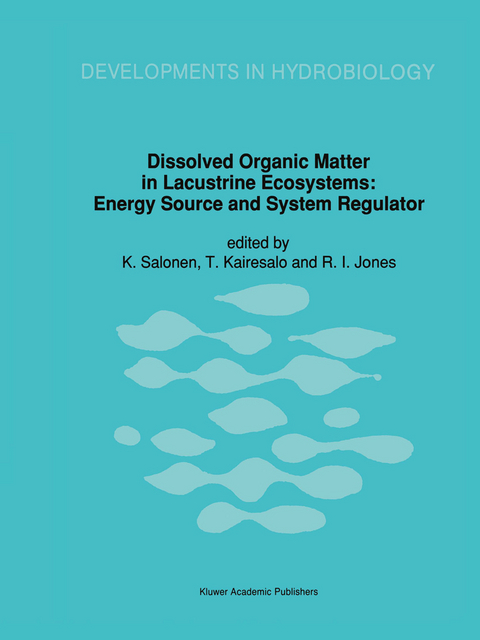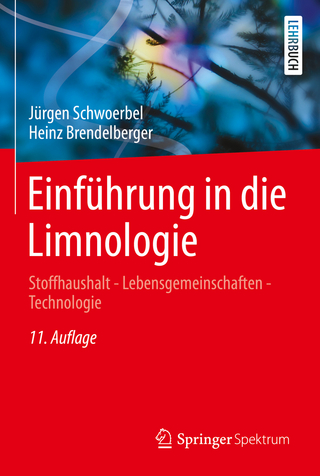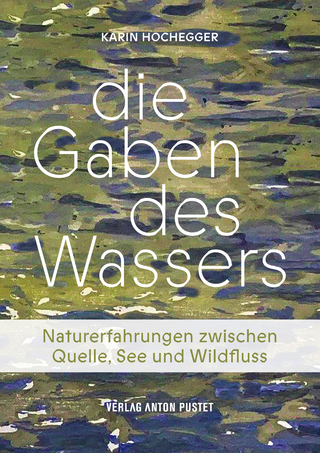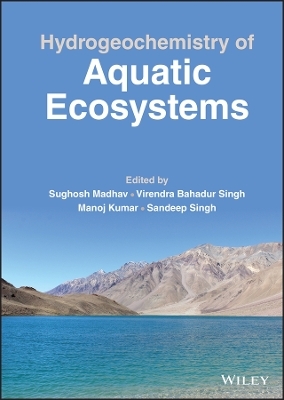
Dissolved Organic Matter in Lacustrine Ecosystems
Springer (Verlag)
978-0-7923-1652-7 (ISBN)
The aim of this book is: (1) to present state-of-the-art reviews of the role of dissolved autochthonous and allochthonous organic matter in pelagial and littoral zones; and (2) to focus attention on poorly understood but critical topics and hence to provide direction for future research activity.
Origin and nature of DOM in lakes.- Natural and man-caused factors affecting the abundance and cycling of dissolved organic substances in precambrian shield lakes.- Sources, concentrations and characteristics of organic matter in softwater lakes and streams of the Swedish forest region.- Leaching from vegetation of soluble polyphenolic compounds, and their abundance in temporary ponds of the Doñana National Park (SW Spain).- Will an increased greenhouse impact in Fennoscandia give rise to more humic and coloured lakes?.- Impacts of environmental changes on the biogeochemistry of aquatic humic substances.- DOM as an energy source.- The influence of humic substances on lacustrine planktonic food chains.- Extracellular dissolved organic carbon released from phytoplankton as a source of carbon for heterotrophic bacteria in lakes of different humic content.- Allochthonous dissolved organic matter as an energy source for pelagic bacteria and the concept of the microbial loop.- Dissolved organic carbon in a humic lake: effects on bacterial production and respiration.- Planktonic food chains of a highly humic lake. I. A mesocosm experiment during the spring primary production maximum.- Planktonic food chains of a highly humic lake. II. A mesocosm experiment in summer during dominance of heterotrophic processes.- Bacterioplankton in a small polyhumic lake with an anoxic hypolimnion.- Microbial control of dissolved organic carbon in lakes: research for the future.- DOM as a system regulator.- Gradient-dominated ecosystems: sources and regulatory functions of dissolved organic matter in freshwater ecosystems.- Littoral-pelagial interchange and the decomposition of dissolved organic matter in a polyhumic lake.- Extracellular enzymes in a polyhumic lake: important regulators indetritus processing.- Effects of different molecular weight fractions of dissolved organic matter on the growth of bacteria, algae and protozoa from a highly humic lake.- Vertical distributions of bacteria and algae in a steeply stratified humic lake under high grazing pressure from Daphnia longispina.- Migrations of haemoglobin-rich Daphnia longispina in a small, steeply stratified, humic lake with an anoxic hypolimnion.- Concluding remarks.- Concluding remarks.
| Reihe/Serie | Developments in Hydrobiology ; 73 |
|---|---|
| Zusatzinfo | VII, 291 p. |
| Verlagsort | Dordrecht |
| Sprache | englisch |
| Maße | 210 x 279 mm |
| Themenwelt | Naturwissenschaften ► Biologie ► Limnologie / Meeresbiologie |
| Naturwissenschaften ► Biologie ► Ökologie / Naturschutz | |
| Naturwissenschaften ► Geowissenschaften ► Geologie | |
| Naturwissenschaften ► Geowissenschaften ► Hydrologie / Ozeanografie | |
| ISBN-10 | 0-7923-1652-5 / 0792316525 |
| ISBN-13 | 978-0-7923-1652-7 / 9780792316527 |
| Zustand | Neuware |
| Haben Sie eine Frage zum Produkt? |
aus dem Bereich


